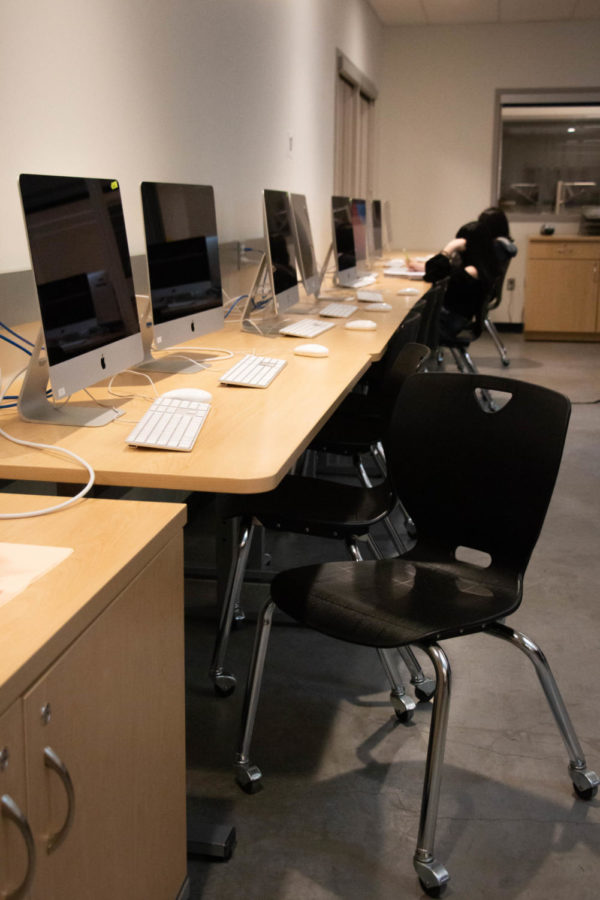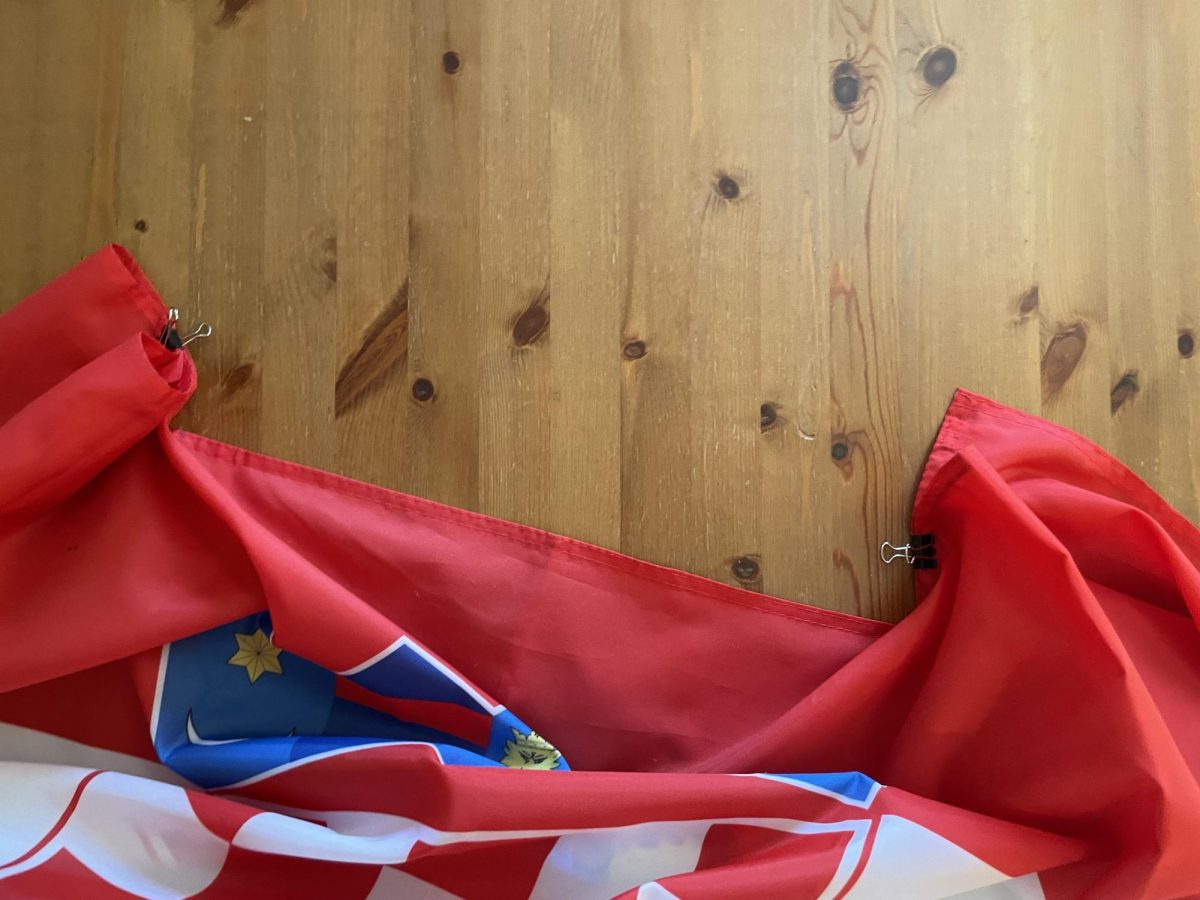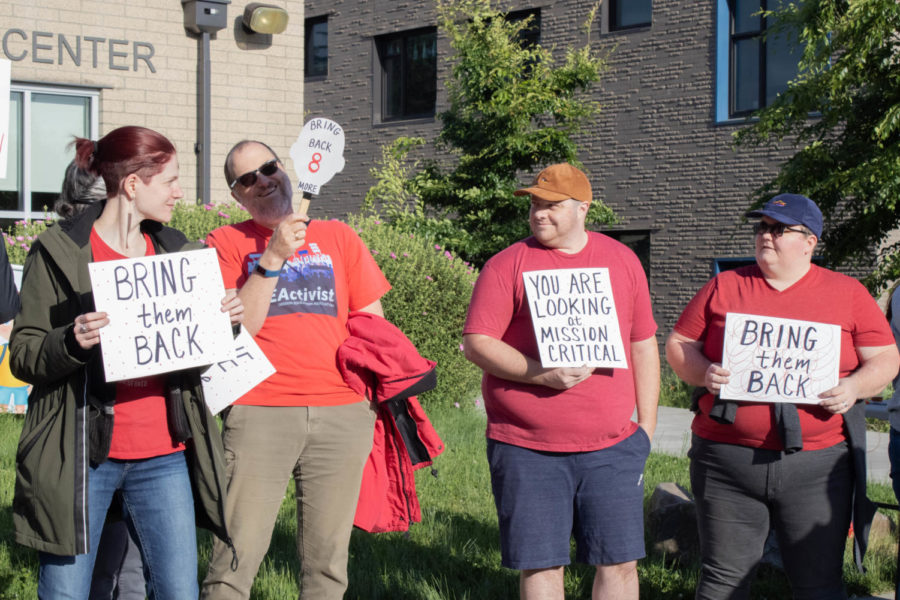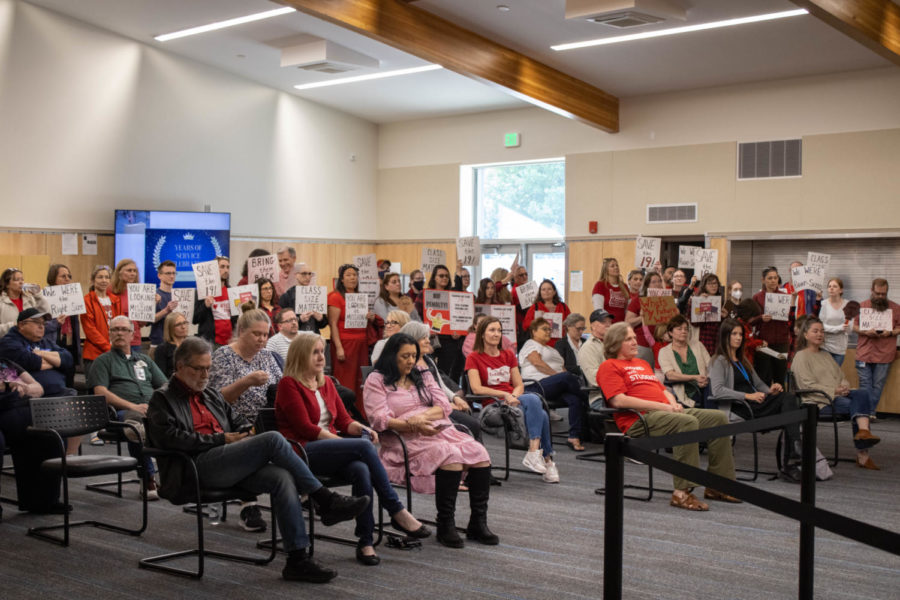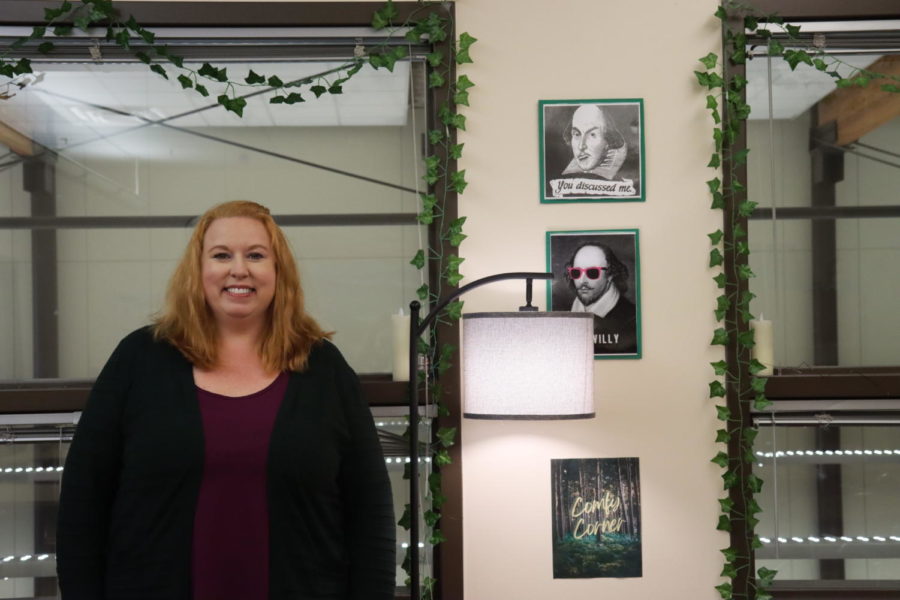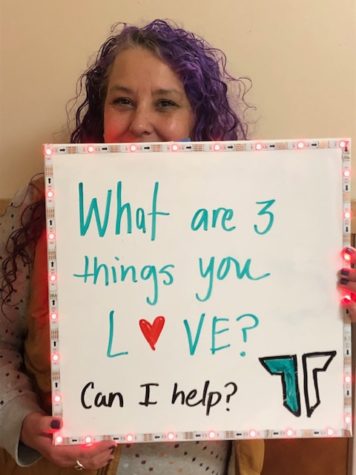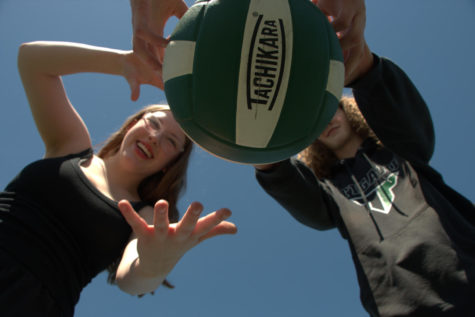Will omicron put us back online?
On Friday Jan. 7 the 3rd period yearbook class has many empty seats. Half of the students in the class were absent. The news the first week back to school after winter break was dominated by the absences of staff and students created by the omicron variant.
January 7, 2022
Back to school
It would be a lie to say that the transition back to in-person school amidst a pandemic has been smooth. It hasn’t been smooth at all. But the student body has managed. However something threatens our ability to persist.
The omicron variant
Nov. 22 marked the day the omicron variant first stepped foot on American soil. Despite quick action and no contact quarantine, in a little over a month’s time we have found ourselves back at the very beginning.
According to Bloomberg.com omicron has already led to a single-day record for new cases for any country in the world. Monday’s number is almost double the previous mark of about 590,000. The swift reactions to omicron prove it not to be simple hysteria or fear mongering.
“It only affects old people”
We have heard the fallacious arguments that COVID-19 primarily affects older people; younger populations are safe, and all of the safety measures and vaccine mandates are a result of simple fear mongering and in reality the country is just fine.
Omicron is one of many variants of COVID-19 and shares much in common with them all, but omicron has two major differences. First off, omicron is much more infectious than the “standard” COVID-19, but it also has another distinction.
Unlike what we’re used to, instead of primarily affecting an older population if you think 30-50 is old; research in the United Kingdom, where omicron has a couple week’s head start over the US suggests the variant’s main target is a much younger population with almost half of omicron cases occurring in the 20-39 age group; according to an article by Lucinda Cameron in The Independent. This time it will be kids, teenagers and young adults driving record the cases.
Can our hospitals handle omicron?
Another important question regarding this variant is can our hospitals even handle omicron? Hospitals today already struggle attempting to contain COVID-19 let alone somehow easing the strain on infrastructure dealing with a flood of new patients every day. Can our medical workers handle it?
The U.S. Bureau of Labor Statistics estimates that the health-care sector has lost nearly half a million workers since February 2020 Health care workers are quitting in droves according to an article in The Atlantic. With overwhelmed hospitals and staff in an already mentally and physically taxing field where 93% of health care workers are experiencing stress, 86% reporting experiencing anxiety, and 75% saying they were overwhelmed. The stress of the pandemic has not only impacted our hospitals but also our nurses and doctors. 39% of healthcare workers say they did not feel like they had adequate emotional support and nurses were even less likely to have emotional support (45%). So I ask, Can our hospitals handle omicron?
Can our school handle omicron?
I will leave the question “Can Our Schools Handle omicron” up to us; however, the answer to this question is not dependent on whether or not the school itself can handle omicron but whether the world can. The school environment is the perfect breeding ground for an outbreak.
During passing periods, large congested halls fill to the brim with people going less than five inches away from one another. While students are mostly masked, there are some exposed noses and faces, and students are already the primary demographic of the variant sweeping across an unprepared country.
If the world can’t contain omicron, can we?
In a letter sent to students and parents explaining the postponement of the winter dance, principal Brian Bailey laid out the COVID-19 numbers.
“This week alone, over 60 Tigard High Students have tested positive for COVID-19,” he said. “It speaks to just how transmissible the new omicron variant is and how easily it could spread should we host an event such as a school dance.”
A call to action
Is it even responsible for us to continue in person school? Giving a virus host after host and opportunity after opportunity to mutate?
I think perhaps the best course of action considering the circumstances is to return to distance learning the remainder of the year until the variant is under more control. Or maybe as a compromise if things appear manageable only up to the end of the semester.
I also believe it is of the utmost importance for schools to figure out any way possible to make halls less congested and limit the risk of exposure to Covid-19 within them.
But one thing is clear—a decision must be made now.


